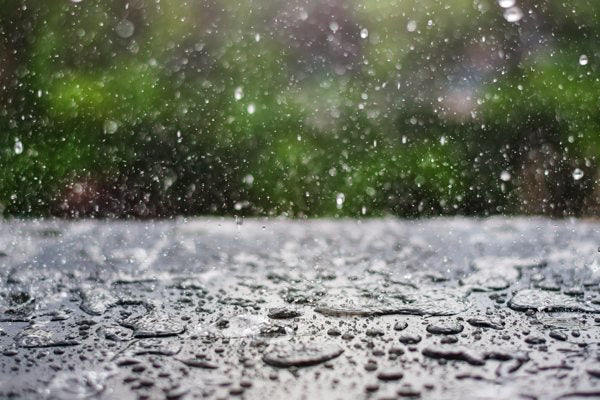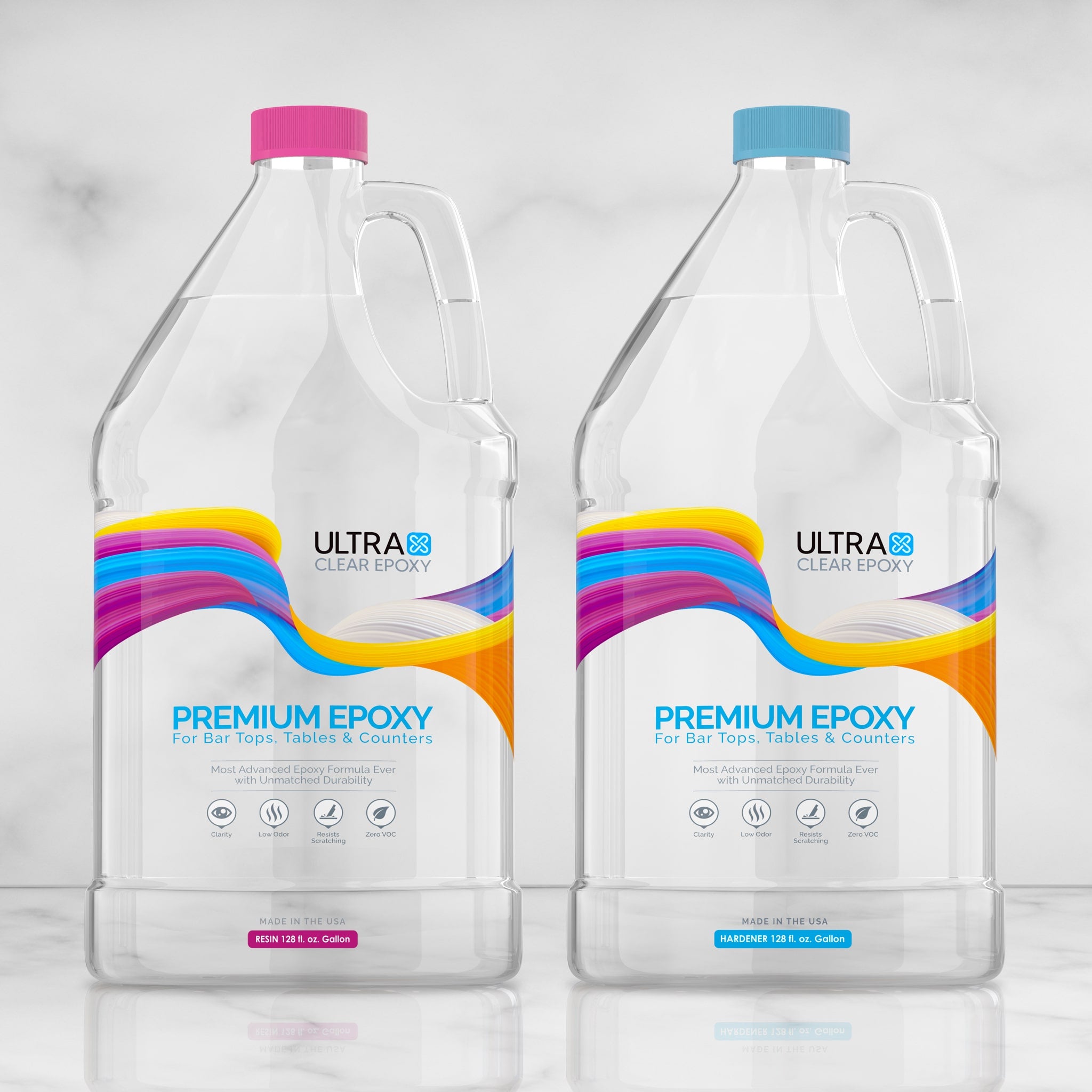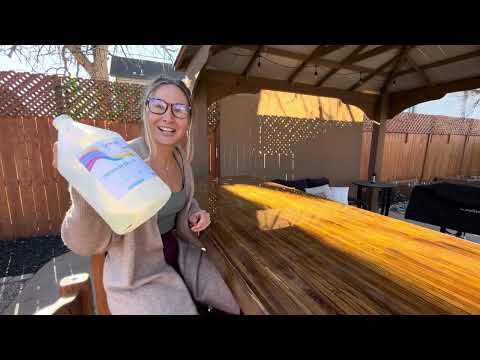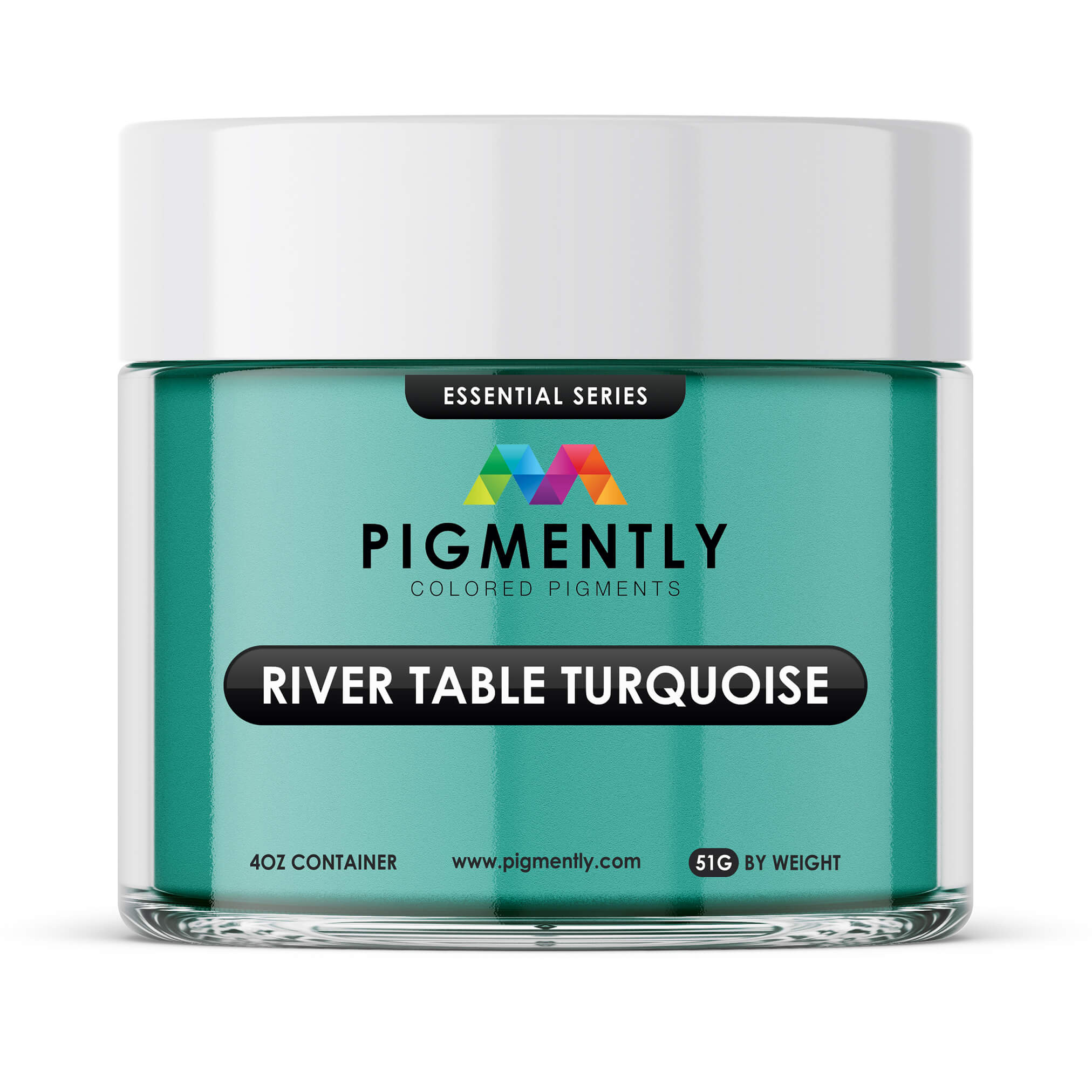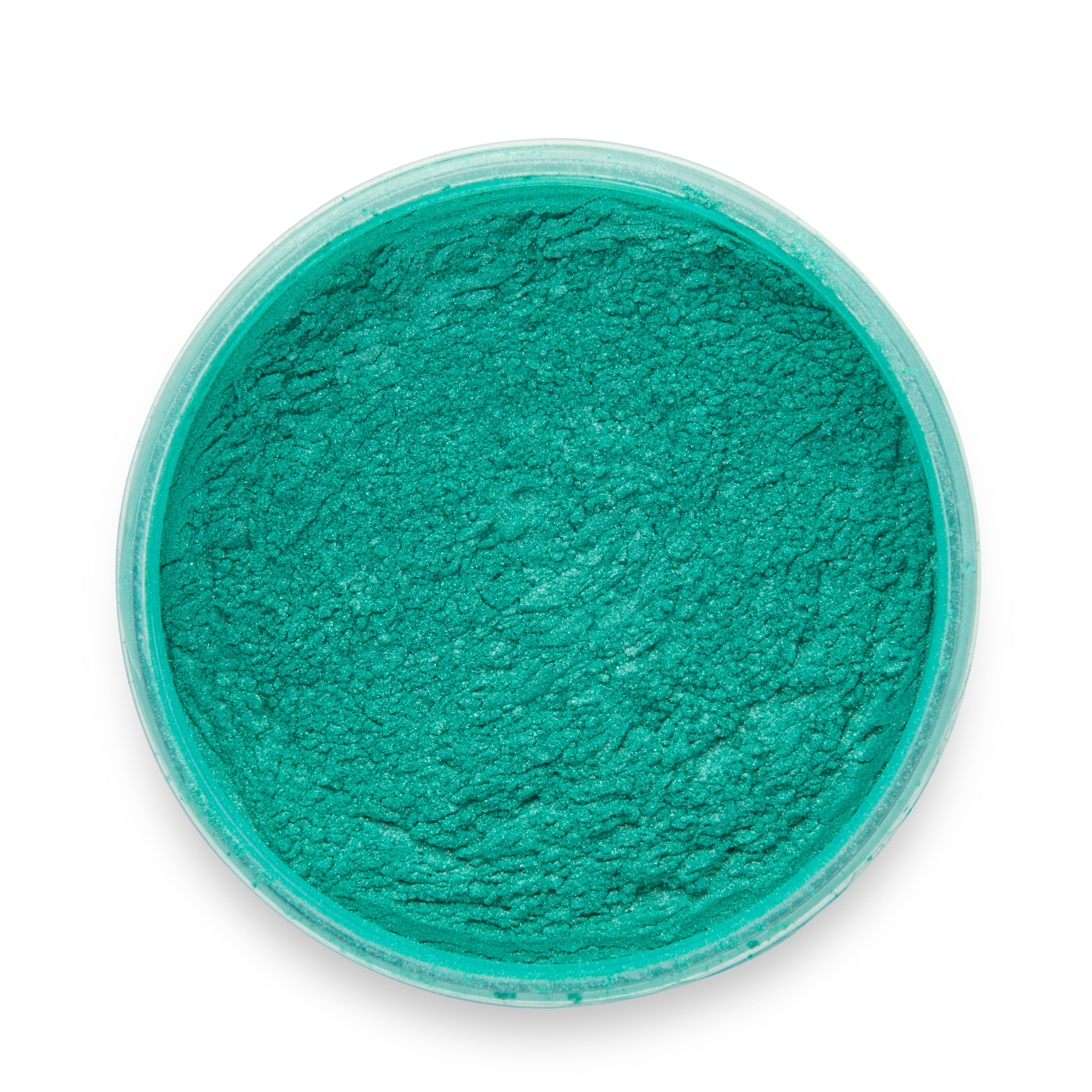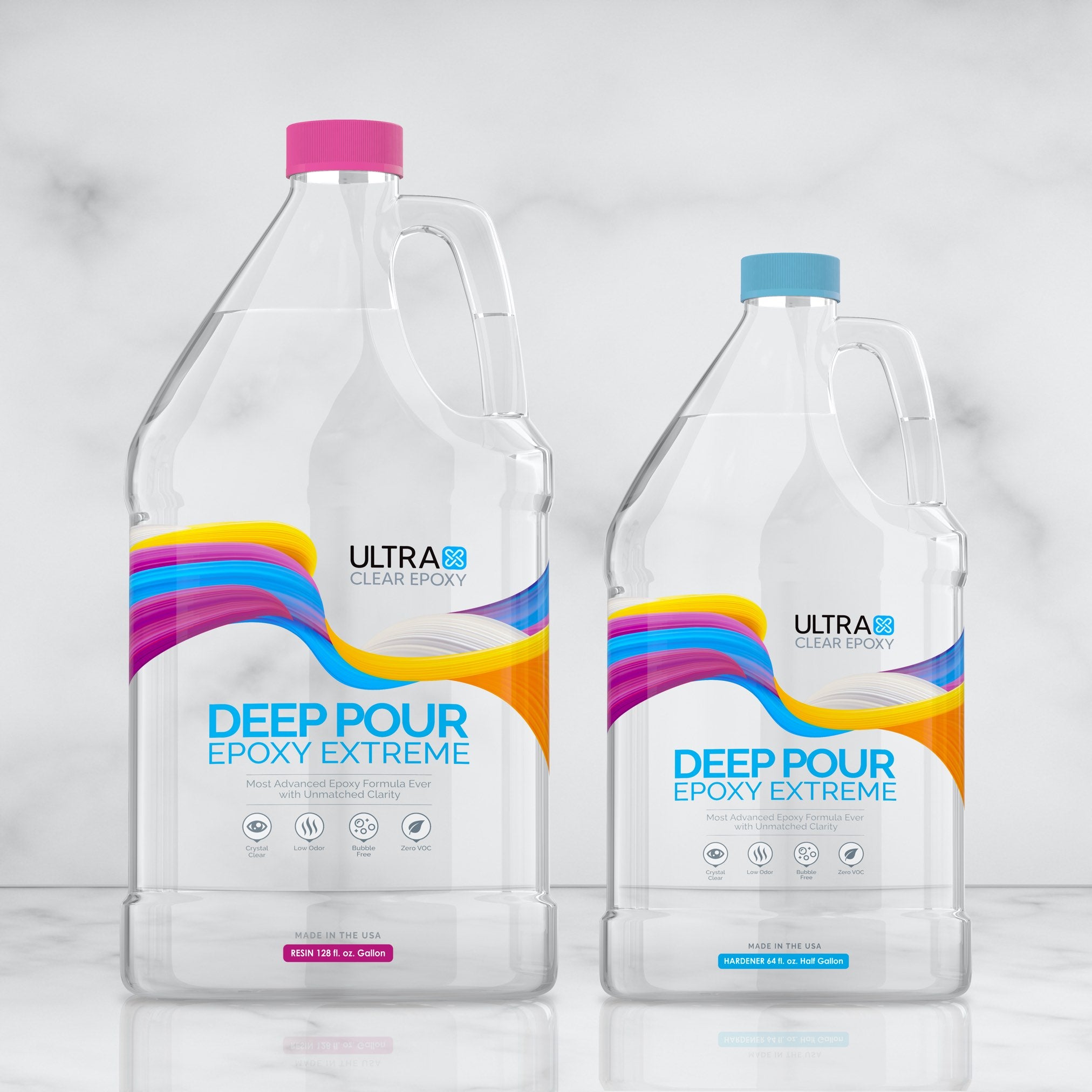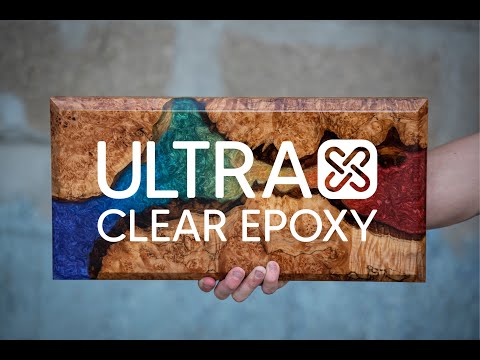As a sealant, epoxy resin is often applied to materials that would otherwise be exposed to significant moisture, water, rough physical interactions, and more. By coating those materials with epoxy, they receive heavy protection from each of these issues.
But to what extent does epoxy protect from the heavy moisture of rainy weather? And how does epoxy itself fare in these circumstances?
In this article, we'll explain how rain affects epoxy resin coatings, as well as how the epoxy coating is able to preserve the substrate material it's covering.
What happens if epoxy gets rained on?
For outdoor epoxy projects, the epoxy coating is often exposed to inclement weather, including rain, heavy wind, sleet, snow, and hail. Even with a shelter in place, it's still possible for your epoxy surfaces to face the brunt of these elements.
Thankfully, epoxy can field each of these weather types with ease.
Rain doesn't affect epoxy.
When it comes to rain, epoxy has no issues withstanding it. Epoxy is waterproof, which means that—if it was mixed and applied properly—a fully cured finish won't be bothered by moisture.
Epoxy's ultra-smooth surface is nearly impermeable, with no porosity to be concerned about. Because of this feature, water is unable to seep through the epoxy material in the way it would with porous materials such as wood or cork—and that includes water from rain.
Uncured epoxy, on the other hand, does need to be given a safe environment away from moisture to cure cleanly. Ideal curing conditions include a relative humidity below 60% and a temperature of 75°F.
Sleet, snow, hail? Not a problem for epoxy.
Frigid weather can lead to snow, sleet, and hail. These have a more physical impact than ordinary precipitation. The good news is that these types of weather are also easy for epoxy to handle.
Cured epoxy will have no trouble with snow, sleet, or hail. Epoxy has high impact resistance, so despite their heavier, more solid nature, sleet and hail are also unable to put a dent in epoxy surfaces.
Snow, which consists of tiny ice crystals, lands softly in most cases, and is also not a problem for a high-quality epoxy finish. The snow can be swept off easily, or may eventually just melt and dissipate (depending on the environment).
Direct sunlight—an actual concern.
While epoxy can endure most types of weather without a hitch, direct sunlight can be a small cause for concern. Because sunlight contains UV radiation, it has a distinct effect on most materials, including epoxy resin.
Sunlight, particularly its ultraviolet (UV) component, can have a significant impact on epoxy resin—even premium epoxy, to a lesser extent—affecting both its appearance and structural integrity over time.
How does UV affect epoxy?
Prolonged exposure to UV rays can cause the epoxy to undergo a process known as photo-degradation, which often results in yellowing or color changes, especially in clear or lightly tinted epoxy. This is due to the UV rays breaking down the chemical bonds in the epoxy, altering its molecular structure.
In addition to aesthetic changes, UV exposure can also lead to a reduction in the mechanical properties of the resin. It can become more brittle and prone to cracking or chalking, as the UV radiation weakens the material's strength and flexibility.
To mitigate these effects, UV stabilizers or inhibitors can be added to the epoxy resin during its formulation, or a UV-resistant topcoat can be applied to the cured resin. These protective measures can significantly enhance the epoxy's resistance to sunlight, making it more suitable for outdoor applications or environments with high UV exposure.
Give your epoxy shelter.
Providing your epoxy resin shelter from continuous direct sunlight is a good way to preserve its appearance and protect it from sunlight.
If interested, you can also personalize your epoxy finish by infusing it with brilliant epoxy powder pigments. These remarkable colorants give epoxy resin a striking dynamic tint and also have the benefit of reflecting UV radiation outward. What little yellowing that does occur is often obscured by the vivid pigments.
Additional Resources
Here are some additional resources you may find useful:
- What weakens epoxy? - Epoxy is strong, but not invulnerable. Learn about the few things that can affect it.
- Is bar top epoxy waterproof? - Read more about the waterproof properties of epoxy resin.
- How epoxy resin "budget brands" compromise your health and safety - Inform yourself on shady practices in the epoxy industry.
Have Questions? Want Advice? We're Here to Help!
If you have any questions about epoxy resin, or if you'd like assistance in planning an epoxy project, please reach out to us at UltraClear Epoxy—our epoxy experts are ready to assist!
You can contact us via phone or email here. During business hours, you can also text chat online with one of our resin specialists by clicking the Help button at the bottom of your screen.
In our online store, you'll find a variety of useful tools and supplies, ideal for resin projects, plus our award-winning UltraClear Bar & Table Top Epoxy and our UltraClear Deep Pour Epoxy.
UltraClear Epoxy—Trusted by over 1 Million+ Happy Customers

